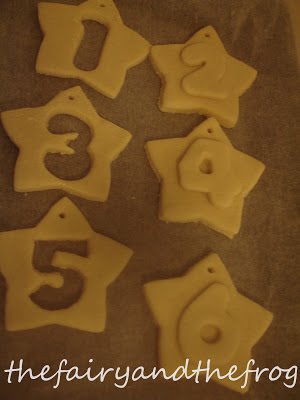How to make a nativity story box.
I love story boxes and story sacks, they are great for helping children concentrate on and interact with the story. I also love the play opportunities playing with the prompts provides after reading the story. Making a Christmas story sack is a great way to engage your child with the nativity story.In our nativity story box we had blue blanket (for the expectant mother), a green tea towel (compulsory head gear for Joseph)
Tinsel (or garland for those in the US) for an angel and a left over crown (from the Jubilee celebrations) - which seemed very fitting for a wise man. We also had and a shiny star to mark for the men to follow.
The presents from the wise men added a sensory element myrrh and frankincense were represented by spices (as they are smelly)- cinnamon sticks and ground spice. For gold we used chocolate (later replaced by some gold coins after we had eaten them).
A toy lamb represented a shepherd.
And most importantly baby Jesus was our doll wrapped in one of the Frog's old muslins. The Fairy decided the empty box made a perfect crib.
As I told the Christmas story I took the relevant prop out of the box and we took turns either wearing it or playing with it.
After the story was finished I removed the non safe elements and let the children play with the story. The Fairy retold the story whilst the Frog (who is currently very into hats) had great fun experimenting with which hat he liked best and finding the most tasty prop.
We played follow the star ( a version of hide and seek). The Fairy and I took turns to take the star and hold it some where in the room. The other person then found it.
The Fairy wanted to make sure we knew what was in the box so the next day we decorated a piece of card with star prints to use as the back ground for a label.
Language Links:
Vocabulary: Names (Jesus, Mary, Joseph, King , Angel etc), baby, star, sheep. lamb, shiny, smell, find
Other skills: concentration, re telling a story (narrative)
This week some other fab bloggers are getting together to share their nativity ideas. Why not check them out
or add your own ideas too our linky:










































